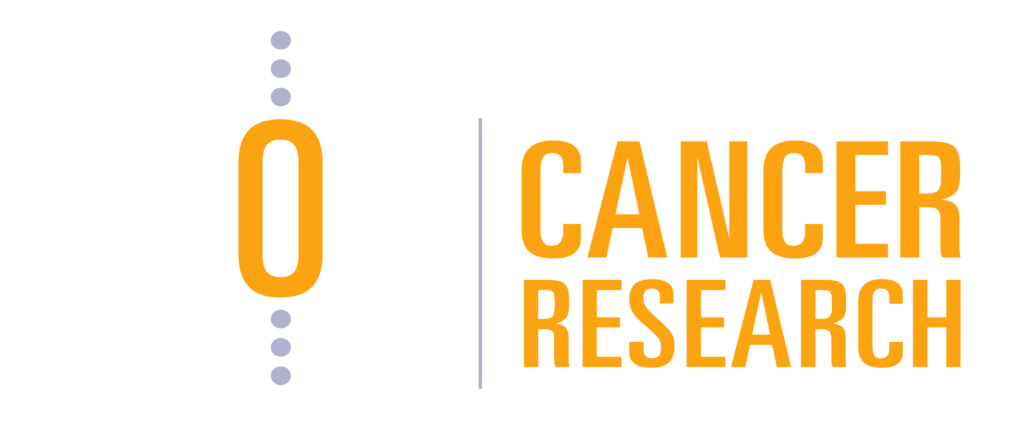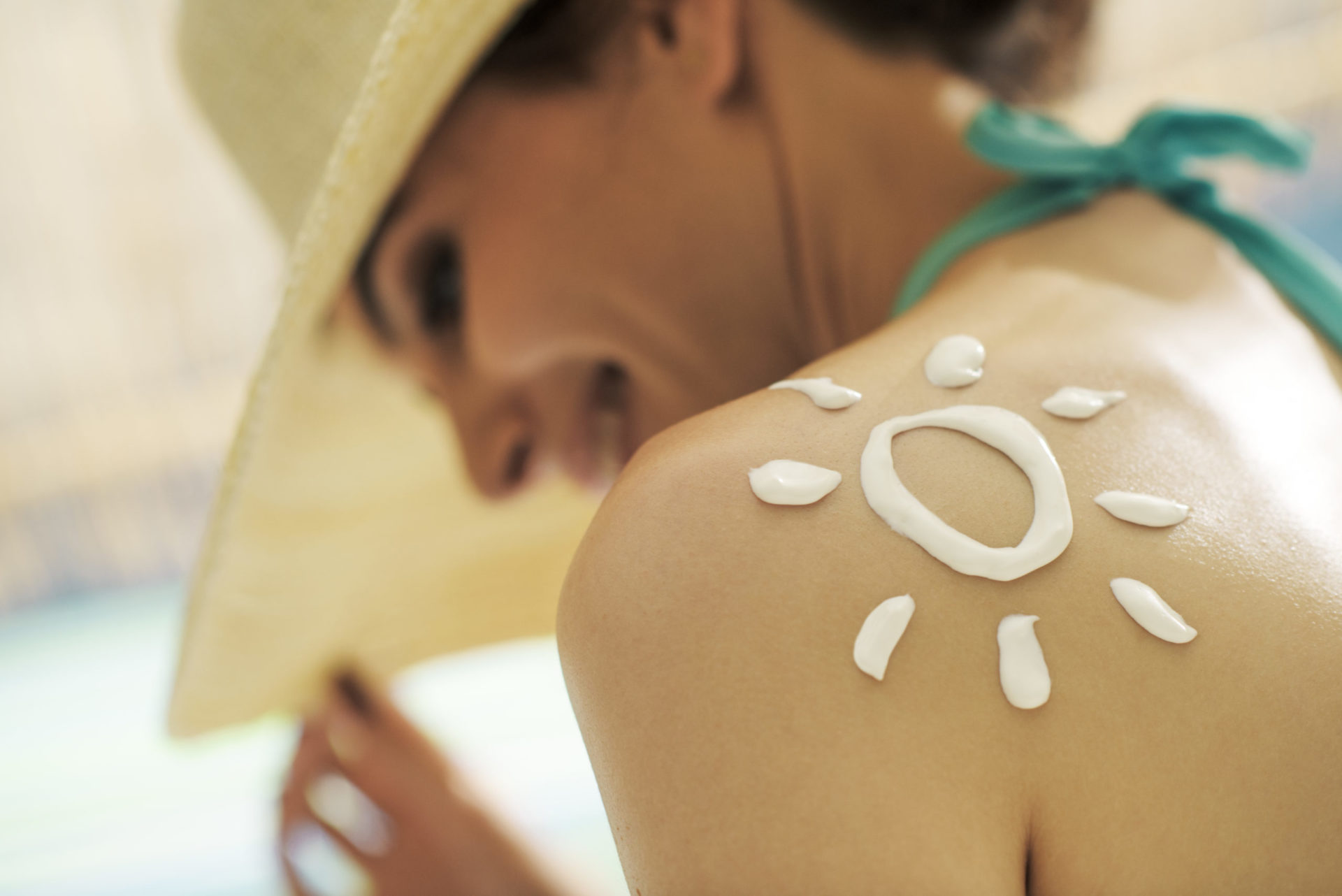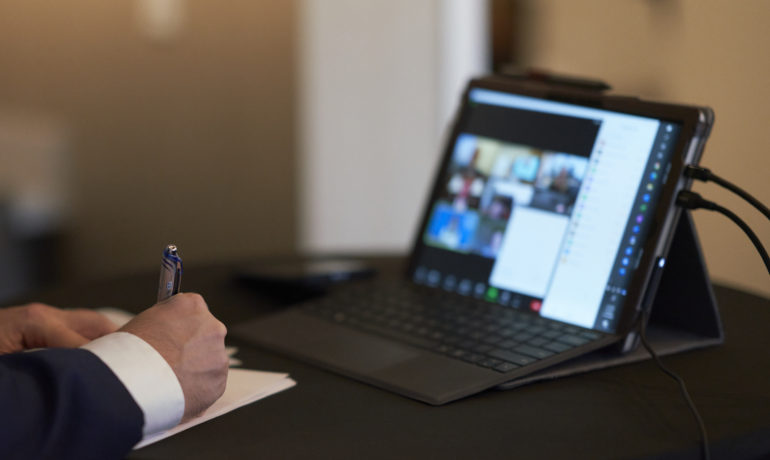With a pandemic sweeping the globe, it can be easy to forget about sun safety. But it’s a dangerous threat we face and being vigilant about skin cancer risk factors is important. It may seem easy to cover up in winter, since it’s so cold – but your face, head and neck are often still exposed. With preventative measures, however, you can reduce your risk of developing skin cancer.
According to the statistics, in Australia and New Zealand we have the highest rates of skin cancer in the world. An alarming two in three of us will face a skin cancer diagnosis in our lifetime. Often, ignoring the warning signs, or making common mistakes, do the most harm.
Sun safety starts here – the warning signs
Changes on your skin that you should look out for include:
- A new growth
- A growth that changes in colour/shape/size
- Persistent scaly patches on the skin/lips
- Lesions that change/itch/bleed or don’t heal
If you notice any of these changes, see your local doctor or skin specialist.
Common sun exposure mistakes people make
- Being in the sun for too long
- Not wearing, or forgetting to reapply sunscreen regularly
- The use of a low-quality, expired, or low SPF rated sunscreen
- Tanning or sunbathing
- Underestimating the power of UV rays on overcast days
- Going outside in the middle of the day (especially in summer)
- Assuming you need more vitamin D, without the opinion of a medical expert
What the research says about sun safety
Protective clothing, hats, and sunscreen can all help protect against the sun’s UV rays. Avoiding too much direct sunlight can help mitigate a range of skin cancer risk factors.
Staying in the shade is always a good idea. And keeping up with regular skin checks is another sound preventive measure.
But those who have already been diagnosed need not fear. Almost all skin cancers can be treated successfully, if detected early. By being sun safe, you can significantly reduce your risk of skin cancer.
Treatment of skin cancer
A variety of factors can impact which treatment will work best for a skin cancer. These include the type of cancer, its location and size, and whether it has spread to other parts of the body.
Some ways to treat skin cancer include:
- Surgical removal of the tumour and surrounding tissue,
- Curettage (scraping and burning),
- Cryotherapy with liquid nitrogen (also known as “freezing”),
- Radiation therapy,
- Photodynamic therapy (a light source and special cream to destroy cancer cells),
- Immunotherapy cream (imiquimod is a cream that destroys skin cancer by stimulating the body’s immune system), and
- Chemotherapy (Chemotherapy cream known as 5-FU is used to treat non-melanoma skin cancers whereas chemotherapy tablets or injections may be used to treat melanoma that has spread).
Radiation treatment with TROG Cancer Research
Radiation treatment, also known as radiation therapy, is a common cancer treatment. It directly exposes tumors to high-energy beams of radiation. The energy that is radiated, preferentially damages the cancer cells and causes their death.
There are very high rates of skin cancer diagnoses in Australia and New Zealand. That is why our commitment to research into ways to reduce the impacts of skin cancer are so important. This research leads to better outcomes for our patients.
—
As we now all know, early detection of any medical condition is vital, and skin cancer is no exception. So do your part to ensure sun safety wherever you can. Being educated on skin cancer risk factors can help you save a life. If you notice any of the warning signs or symptoms, please seek medical assistance as soon as possible.
Other useful resources on sun safety can be found below:
Related Post
COVID-19 TROG Cancer Research Update
The situation around the COVID-19 pandemic is rapidly changing.
Coronavirus – resources for our members
The coronavirus health pandemic is a challenging time for






